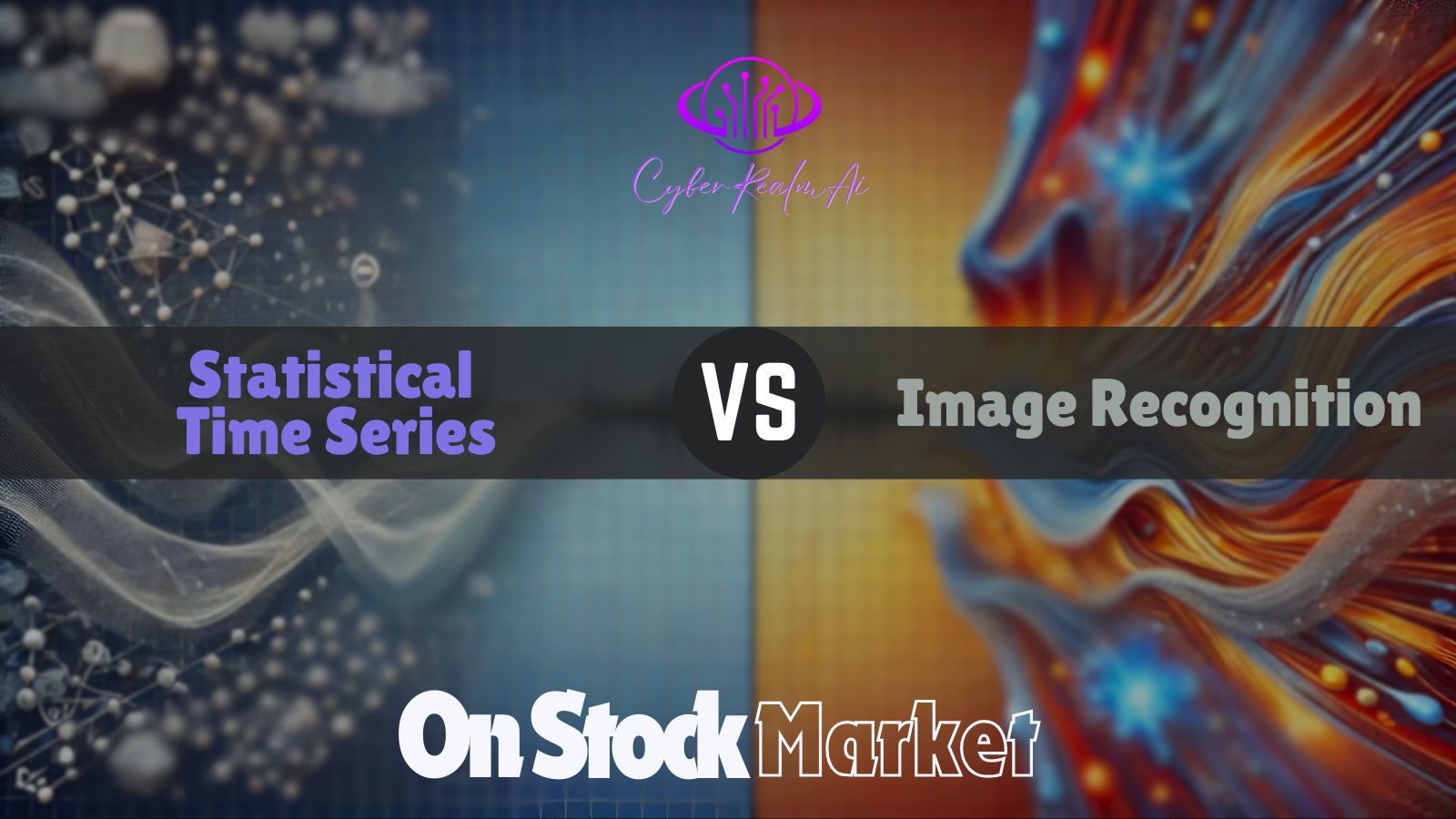Stock Market Forecasting - Part 1
(1) : Traditional Statistical Approaches for Stock Market Time Series Analysis
Overview:
When it comes to forecasting stock prices, ARIMA (AutoRegressive Integrated Moving Average) and SARIMA (Seasonal ARIMA) have long been the trusted models. These statistical methods thoroughly analyze historical data to identify patterns that can be projected into the future. However, they come with their own set of statistical assumptions that must be met for them to perform effectively.
Key Features:
Input and Output Variables:
Input: Historical stock prices (daily closing prices).
Output: Forecasted future stock prices.
Assumption-Based Modeling: ARIMA requires the time series to be stationary, meaning the mean and variance should remain constant over time. If your data isn't stationary, you’ll need to make adjustments, typically through differencing. ARIMA also assumes that future prices are a linear function of past prices, and seasonality must be explicitly accounted for using models like SARIMA.
Limitations of ARIMA:
Assumption Sensitivity: ARIMA's effectiveness hinges on meeting its statistical assumptions. If these conditions are not met, your forecasts could be significantly inaccurate.
Parameter Tuning: Implementing ARIMA requires tuning several parameters (p, d, q) for autoregression, differencing, and moving averages, which can be a complex process.
Struggles with Non-Linearity: ARIMA may not perform as well with complex, non-linear relationships in the data, making it less effective for certain market conditions.
Neural Networks as an Alternative For ARIMA.
Input and Output Variables:
Input: Historical stock prices(open,high,close,low) , often paired with additional features like trading volume, or other relevant data.
Output: Predicted future stock prices.
Models:
Recurrent Neural Networks (RNNs):
RNNs are designed to recognize patterns over time by analyzing sequences of data points. They can capture recent trends effectively but might struggle with long-term dependencies as the model processes older data.Long Short-Term Memory (LSTM) Networks:
LSTMs build on RNNs by incorporating memory cells that help retain information over longer sequences, making them more suited for analyzing long-term trends in the stock market.Seq2seq Models:
Seq2seq models further enhance LSTMs by using an encoder-decoder structure, which allows the model to handle complex sequences more effectively by compressing them into a feature space before making predictions.Transformer Models:
Transformers, originally developed for language processing, have proven highly effective in time series forecasting. They use self-attention mechanisms to process data points in parallel, enabling them to detect complex patterns in stock market data more efficiently than traditional models.
This example shows how neural networks can forecast stock trends. It's for illustration only and not financial advice.
(2) : Stock Price Forecasting Using Convolutional Neural Networks (CNN) with Stock Chart Images
Overview:
Recent advancements in deep learning, particularly convolutional neural networks (CNNs), are being utilized for stock price forecasting by analyzing visual representations of stock price data. This method leverages image-type big data, transforming numerical stock price and technical indicator data into visual formats that a CNN model can process to predict future stock prices, where the model relies on analyzing pixels instead of traditional numerical prices.
Key Features:
Input and Output Variables:
Input: Graphical images of stock price charts, typically including data such as opening, high, low, and closing prices, as well as technical indicators like moving averages, Bollinger Bands, and the Relative Strength Index (RSI).
Output: Prediction of stock price movements, determining whether the price will rise or fall within a specified timeframe (e.g., the next 5, 20, or 60 days).
Training on Large Datasets: The CNN model is trained on large datasets of stock chart images, capturing various patterns and trends that may indicate future price movements. These datasets typically span several years and include numerous companies to ensure robustness.
Handling Non-Linear and Noisy Data: CNN models excel at identifying complex, non-linear patterns in stock price movements that traditional methods may overlook. These models are particularly effective in handling the irregularities and noise inherent in financial markets.
Use Cases:
Stock Price Forecasting: CNN models trained on stock chart images can be used to predict future price movements, providing insights that may help shape trading strategies.
Technical Analysis: By integrating visual data of technical indicators, these models can enhance traditional technical analysis, potentially leading to more accurate predictions and the discovery of methods not previously used in chart analysis.
Here’s an example of how CNN-based image recognition works:
Conclusion: This approach represents a significant shift from traditional numerical data analysis to image-based forecasting in stock markets. By capturing and analyzing visual patterns in stock price movements using pixels instead of prices, CNN models can uncover hidden insights that traditional methods might miss, particularly when expanding the scope to include technical indicators across various input windows. This method shows promise in improving the accuracy of stock price predictions, considering that the length of the input window plays a crucial role in the effectiveness of the model's learning process.
Get ready! We are about to launch our advanced time series analysis tools soon, blending neural network models with our secret algorithm for stock market analysis! The beta version will be free for selected guests who have already used our main services. Stay tuned with CyberRealm Analytics!

[0] Comments:
Leave a Reply